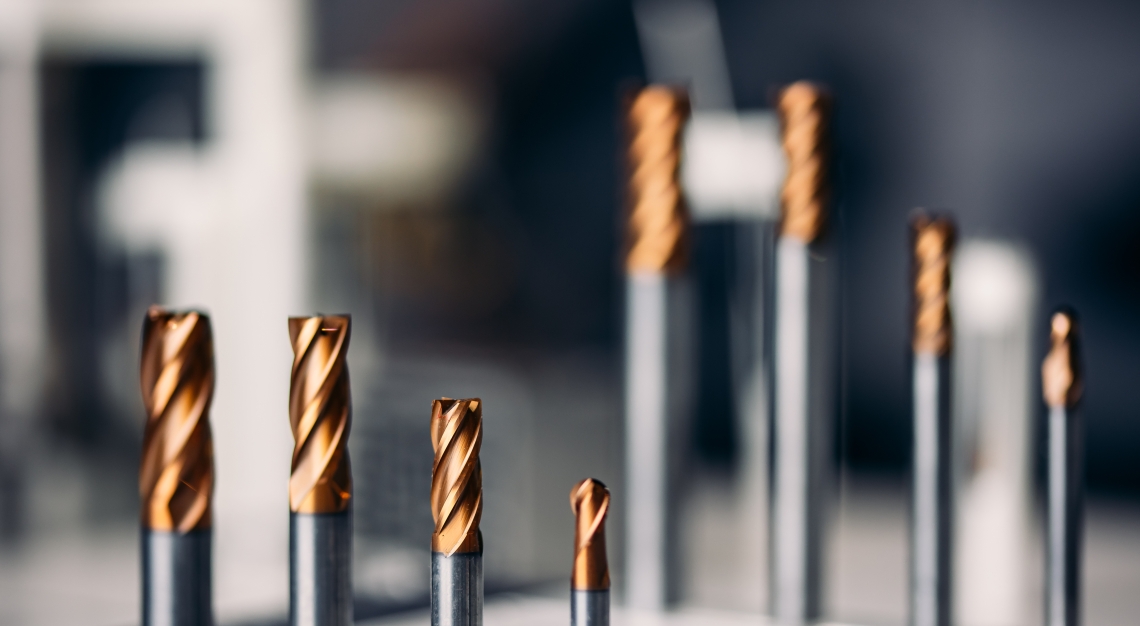Wet blasting after coating removes coating imperfections, like PVD coating droplets, to leave a uniform surface with an optimum Ra surface roughness for the cutting operation required from the tool.
And here’s a bit more detail on how our world leading wet blasting technology achieves the perfect coating finish...
Abrasive media choice: Fine abrasive particles are used that are carefully selected to be gentle enough to avoid damaging the underlying tool substrate while being effective at removing imperfections on the coating. The media can remove high spots, inconsistencies, or thin layers of unwanted material from the tool surface.
Controlled erosion: The wet blasting process allows for very controlled erosion of the coating. By adjusting the pressure, media type, and blasting angle, operators can target specific imperfections, such as uneven coating thickness, nodules, or rough areas, without stripping away the entire coating.
Surface refinement: Wet blasting not only removes imperfections but also smooths the overall surface of the coating. This is particularly beneficial for round shank tools, where a smoother surface can reduce friction during use, leading to better performance.
Improving consistency: The process helps to homogenise the surface finish of the coating across the tool, ensuring that any rough patches or areas with excessive coating thickness are evened out. This results in a more uniform coating that performs consistently during cutting operations.
Minimal material removal: Unlike more aggressive methods, wet blasting is gentle and precise, ensuring that the tool’s geometry, particularly on cutting edges, remains intact. This is crucial for round shank tools where maintaining precise dimensions and edge sharpness is essential for effective cutting performance.
Edge honing combination: Wet blasting can be adjusted to simultaneously hone the edges of the tool while removing imperfections from the coating. This dual action ensures that the cutting edges are both sharp and smooth, with the coating providing optimal protection and performance.
Surface smoothing: By removing imperfections and smoothing the coating, wet blasting reduces the likelihood of early coating failure due to cracks or delamination. A smoother, defect-free coating leads to less friction and wear during tool operation.
Increased cutting efficiency: Tools with a uniform, well-adhered coating and smooth surface finish tend to cut more efficiently, as there is less resistance during operation, leading to longer tool life and better-quality cuts.























